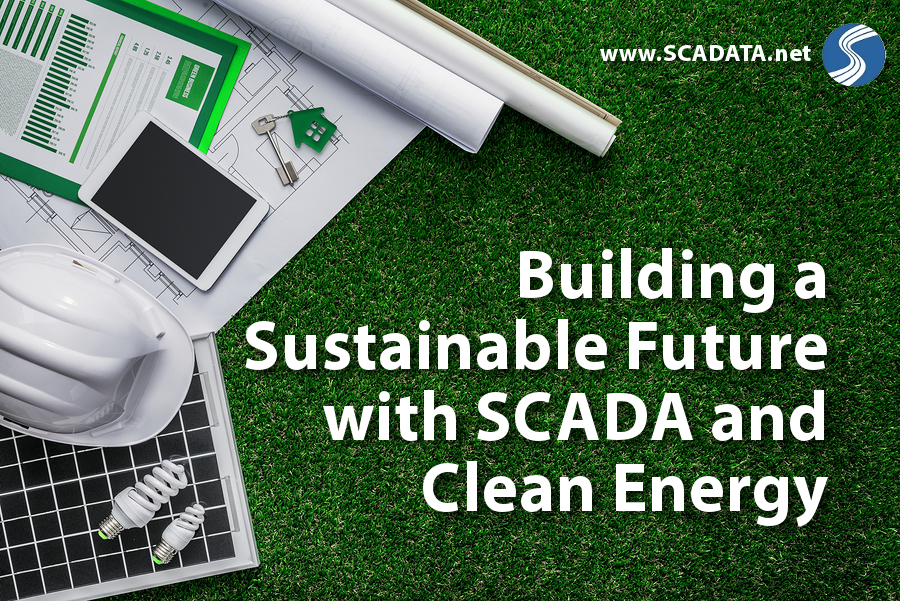There is lots of discussion surrounding how to build a sustainable future for our planet. With the recent hurricane devastation of the past year, many are finally coming to terms with the reality of climate change. To help repair the damage done to our planet, many are seeking solutions for change and attempting to identify how we can manage our resources in the years to come. The recent release of a report blames humans as the primary cause of climate change. So, how can we make positive changes to create a sustainable future?
- Integrate clean technologies to reduce CO2 emissions
- Prohibit deforestation practices
- Reduce our consumption
- Support public transport
- Limit our reliance on fossil fuels
Implementing these practices won�t be easy. Some of these solutions may even call for an overhaul of our infrastructure to replace our existing architecture with clean alternatives.
What role does SCADA play in a sustainable future?
Before we can implement sustainable practices, we need access to data. SCADA systems help provide important data about some of our critical systems and is instrumental in managing resources. SCADA systems can also give us insight into remote sites that may be difficult to access. SCADA systems allow us to
- Analyze and store large amounts of data
- Identify trends and patterns
- Monitor remote sites for functionality
- Receive notifications when events occur
- Anticipate maintenance or potential problems
Access to data simplifies our ability to identify where we over consume. By analyzing usage patterns, we can identify the causal factors surrounding spikes in consumption so that we can eventually narrow down ways to reduce or use clean alternatives. SCADA has applications for the following
- Water and wastewater
- Oil and gas
- Flood control monitoring
- Storm water management
- Electricity
- Manufacturing
- Railways
- Telecom
Power generation is a huge contributor to our current climate crisis. Currently, about 70 percent of our electricity comes from coal and natural gas which results in billions of tons of CO2 being dumped into our atmosphere. Improved efficiency and reduced waste help to lessen our carbon footprint and create a more sustainable future.
Integrating clean practices
In addition to using SCADA systems to increase efficiency, we can also implement clean energy sources to reduce carbon emissions. The average household in the US produces 14,920 pounds of CO2 each year. Integration of clean energy would significantly reduce the carbon emissions per household and lessen the reliance on traditional utilities, indirectly lowering the damaging potential. The following alternatives come with a significantly smaller footprint:
- Hydropower: Hydropower is responsible for approximately 75 percent of the nation�s renewable power supply. While it does come with some associated carbon emissions, hydropower is still an option for clean power.
- Wind: While wind may still mean a certain reliance on fossil fuel for backup energy supplies and limited interruptions in service, this type of energy generation is still an effective means of reducing emissions. Read more about this topic in Scientific American.
- Solar: Solar power has the benefit of producing energy with no carbon dioxide emissions. Solar power can also be stockpiled and helps lessen the burden on the grid. As an added bonus, using solar energy also boosts the value of your home.
The truth of the matter is that one single option above is probably not the answer. But, a combination of all of these clean energy sources paired with a reliable SCADA system could be just what we need to create a sustainable future.




